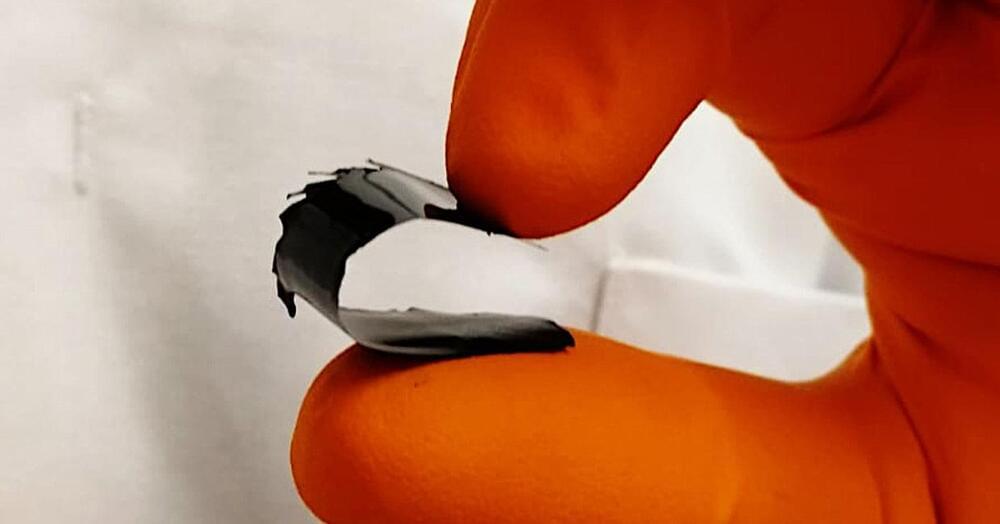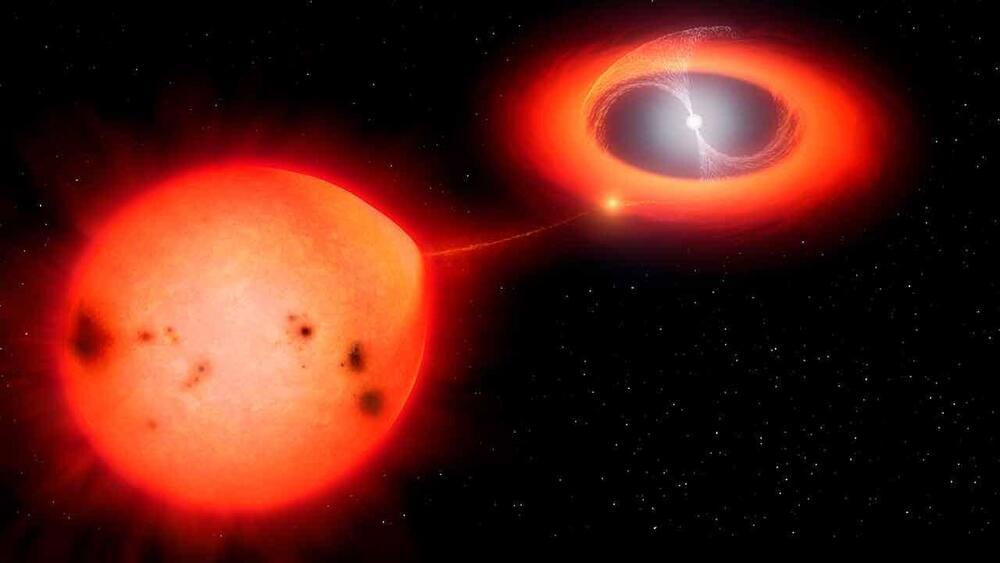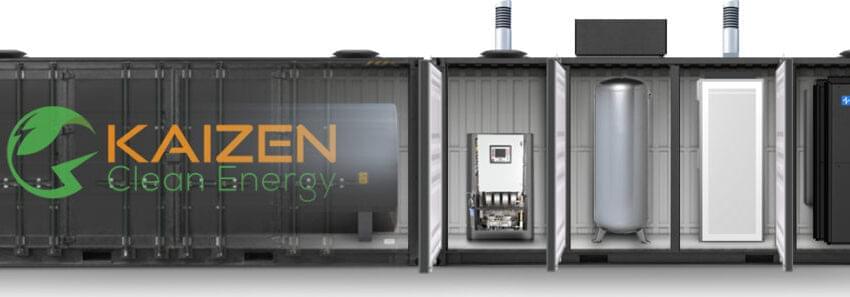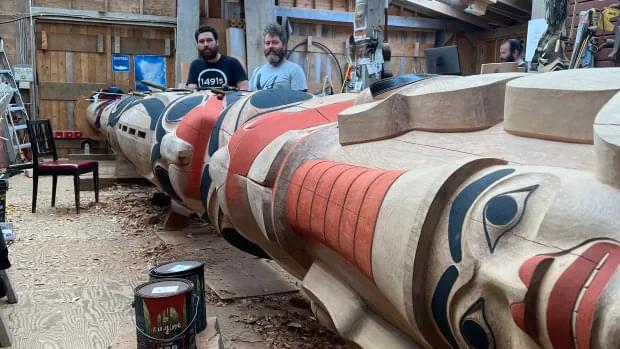Kaizen Clean Energy (KCE) and ZincFive have come together to develop an integrated distributed energy solution for EV charging, hydrogen fueling and backup power. The new solution is said to provide the lowest delivered cost for hydrogen fueling, as well as up to 2,300 kg/day of hydrogen production, which is equivalent to 38 MWh of usable energy, in a 40-foot, movable containerized solution. It can be islanded or grid-connected, with no risk of battery thermal runaway and a small volume of hydrogen stored on site. The system integrates KCE’s hydrogen generator, ZincFive’s immediate power nickel-zinc batteries, and fuel cells from Power Cell to offer customers modular, scalable economic fueling as a service. Robert Meaney, co-founder of KCE, told pv magazine that the energy input comes from methanol. He said the system is essentially the clean version of a diesel generator. It uses the ZincFive battery for immediate demand response as the methanol-to-hydrogen system ramps up to full production over the first 15 minutes. After entering full production mode, the batteries shut off and the reformer takes over the full power demand. The system is charger agnostic and can support multiple DC fast chargers at once. KCE has started accepting pre-orders and plans to deploy a 20-foot, 150 kW solution with pilot customers in the fourth quarter of 2022.
Lightyear has launched the final design of its long-range, production-ready solar car. The model, which has been renamed “Lightyear 0,” has a Worldwide Harmonized Light Vehicle Test Procedure (WLTP) range of 625 kilometers and consumption of 10.5 kWh per 100 kilometers. However, the Dutch startup claims that a theoretical range of 695 kilometers could be achieved, with a battery pack capacity of 60 kWh. “The optimized solar roof and holistic design mean that the car can drive for weeks, even months, without charging,” the company said. Lightyear is already readying its second solar electric car, which will be available by late 2024 or early 2025.








